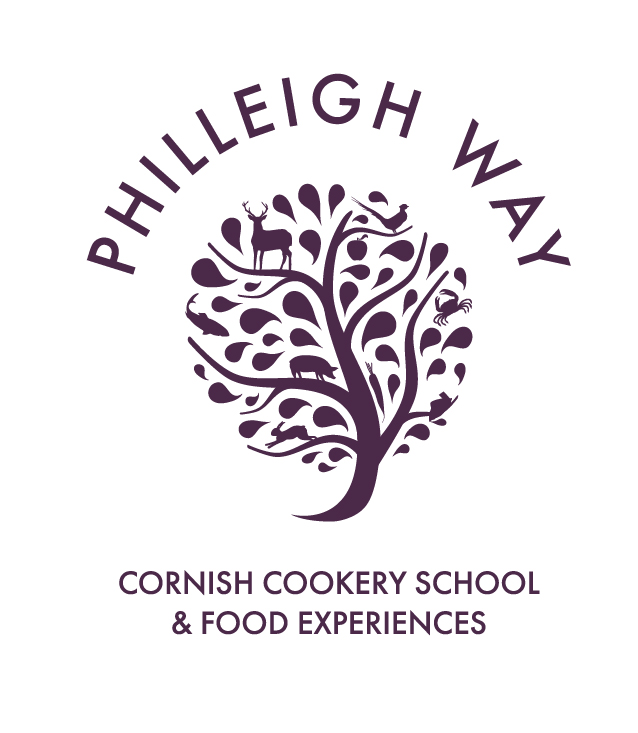


Philleigh Way is a cookery school based in south Cornwall that also offers unique dining experiences. Our Farmhouse Cookery style is inspired by recipes handed down over the generations, fantastic local produce and experience gained working in some of the top kitchens in Cornwall and around the globe.
Cornish vessels landing to Cornish ports
Handlining is a simple fishing method where hooks on lines are used to catch fish in a very traditional and sustainable way.
Cornish waters VIIe, f, g and h
Gill nets are lightweight nets made of nylon (monofilament) fishing line that are anchored to the seabed and are used to catch fish by entangling the gills.
Cornish waters VIIe, f, g and h
Demersal trawls are large nets that are pulled through the water with the bottom edge of the net touching the seabed.
North Coast, areas VII f and g
Gill nets are lightweight nets made of nylon (monofilament) fishing line that are anchored to the seabed and are used to catch fish by entangling the gills.
North Coast, areas VII f and g
Beam trawls are nets attached to a steel beam that holds the net open. The belly of the net is made of chains and the upper surface of the net is mesh. Beam trawlers pull two nets along the seabed simultaneously.

Western Channel area VII e
Demersal trawls are large nets that are pulled through the water with the bottom edge of the net touching the seabed. At each edge the net is pulled open by metal ‘trawl doors’. Sometimes referred to as Otter trawling.

North Coast, areas VII f and g
Demersal trawls are large nets that are pulled through the water with the bottom edge of the net touching the seabed. At each edge the net is pulled open by metal ‘trawl doors’. Sometimes referred to as Otter trawling.

Western Channel area VII e
Gill nets are lightweight nets made of nylon (monofilament) fishing line that are anchored to the seabed and are used to catch fish by entangling the gills.

Western Channel area VII e
Beam trawls are nets attached to a steel beam that holds the net open. The belly of the net is made of chains and the upper surface of the net is mesh. Beam trawlers pull two nets along the seabed simultaneously.
Cornish waters VIIe, f, g and h
Demersal trawls are large nets that are pulled through the water with the bottom edge of the net touching the seabed. At each edge the net is pulled open by metal ‘trawl doors’. Sometimes referred to as Otter trawling.

Cornish waters VIIe, f, g and h
Gill nets are lightweight nets made of nylon (monofilament) fishing line that are anchored to the seabed and are used to catch fish by entangling the gills.

Cornish waters VIIe, f, g and h
Beam trawls are nets with a steel beam that holds the net open. The belly of the net is made of chains and the upper surface of the net is mesh. Beam trawlers pull two nets along the seabed simultaneously.
Cornwall VIIe f g and h
Large mesh 'tangle nets' are set on the seabed to target monkfish, turbot, spider crabs and crawfish.

Cornwall VII e,f,g and h
Caught using heavy beam trawl nets that are dragged over the seabed.

Cornwall VII e,f,g and h
A large trawl held open by paravane trawl doors, the open net is then pulled along in contact with the seabed

Cornwall areas VIIe- h
Caught using heavy beam trawl nets that are dragged over the seabed.

Cornwall areas VIIe- h
Caught using monofilament tangle nets set on the seabed.

Cornwall areas VIIe- h
A large trawl held open by paravane trawl doors, the open net is then pulled along in contact with the seabed.

Cornish vessels landing to Cornish ports
Demersal trawls are large nets that are pulled through the water with the bottom edge of the net touching the seabed. At each edge the net is pulled open by metal ‘trawl doors’. Sometimes referred to as Otter trawling.

Cornish Waters
MSC certified fishery. Gill nets are lightweight nets made of nylon (monofilament) fishing line that are anchored to the seabed and are used to catch fish by entangling the gills.


Cornwall Good Seafood Guide is underpinned by the Marine Conservation Society (MCS) Good Fish Guide. The first UK consumer guide to sustainable seafood. For more information visit www.fishonline.org
Cornwall Good Seafood Guide is here to help us all make sustainable seafood choices. Choices that will help us keep the oceans healthy and Cornish fishers' futures safe. This website is funded by Cornwall Wildlife Trust. If you would like to make a meaningful difference to the health of our oceans, please consider making a donation to the Cornwall Wildlife Trust Ocean Emergency fund. Your donation will help safeguard these remarkable environments, ensuring that they continue to thrive for generations to come. Together, we can be stewards of the seas and champions for a healthier, more sustainable future.